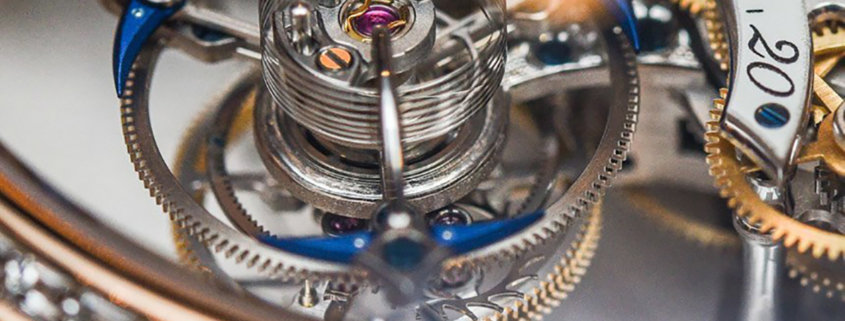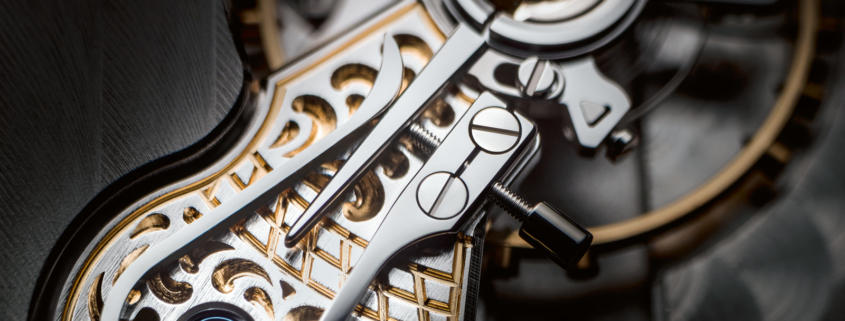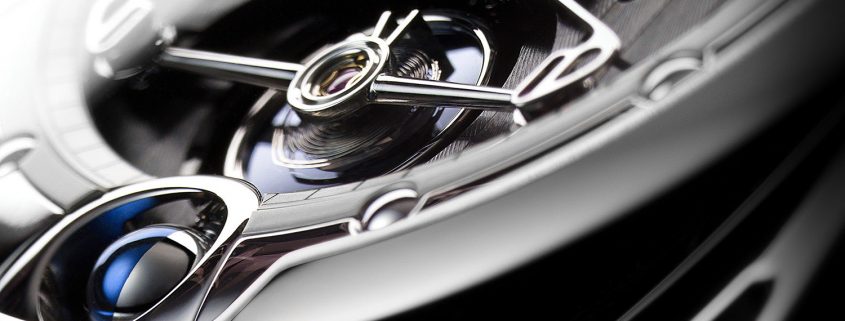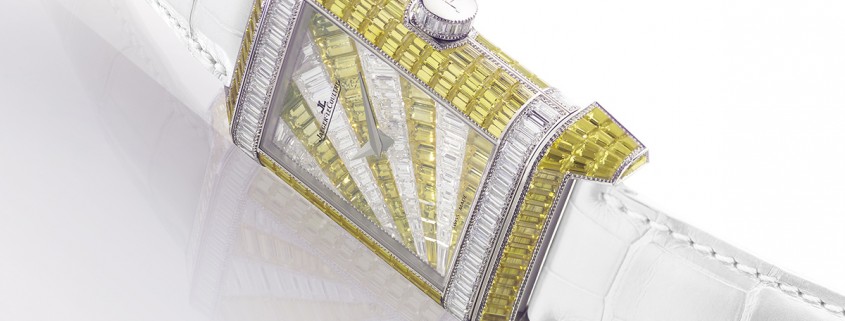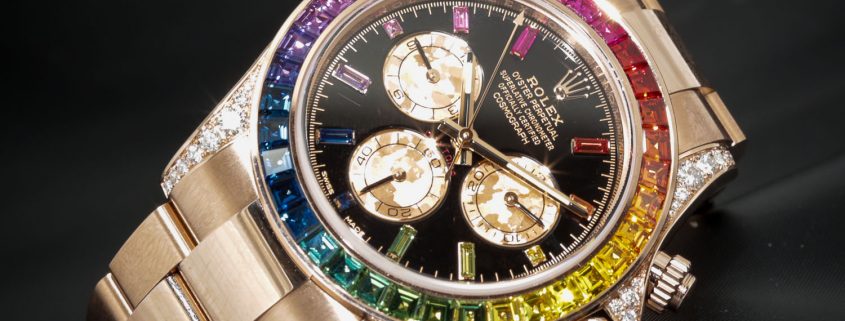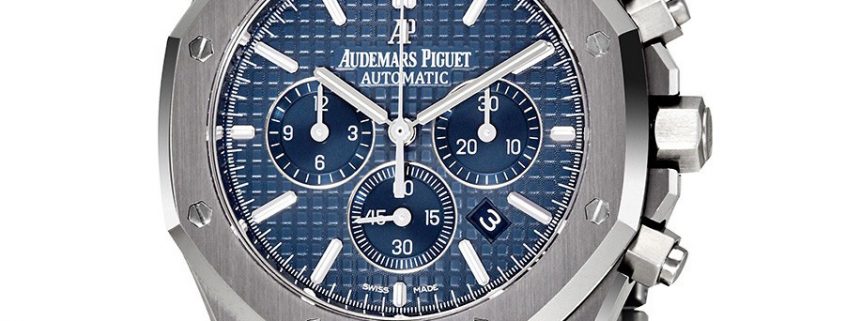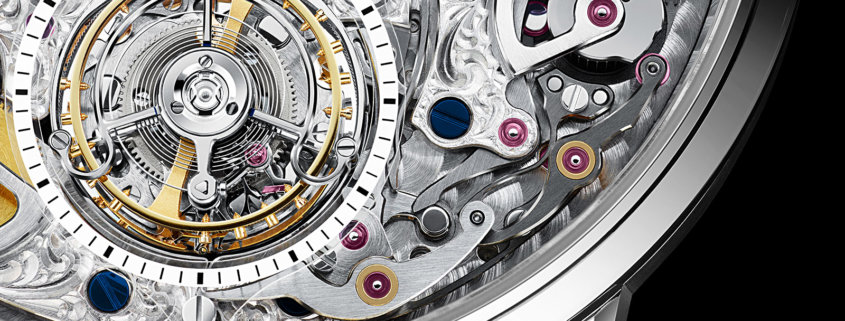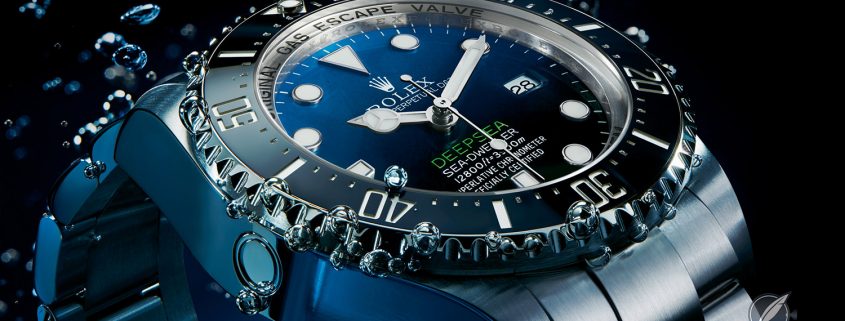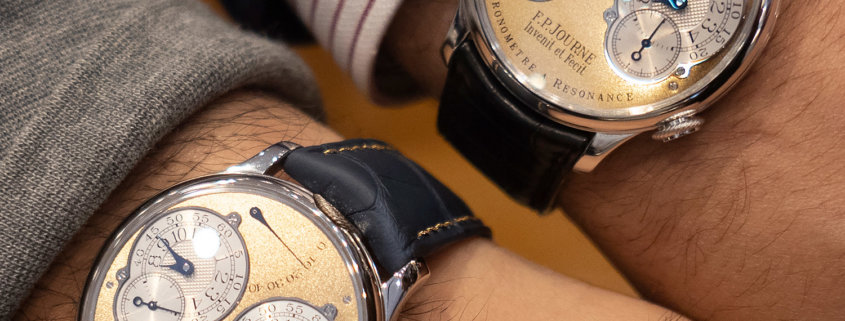My Top 5 Favorite Watches With Helical Hairsprings – Reprise
Out of all the “traditional” styles of hairsprings, the helical hairspring is Joshua Munchow’s favorite because it adds three-dimensionality to the watch. These oscillators are so rarely seen that if you are only aware of five watches with helical hairsprings you already know a significant portion of the modern watches using them. Here are Joshua’s favorite five.

